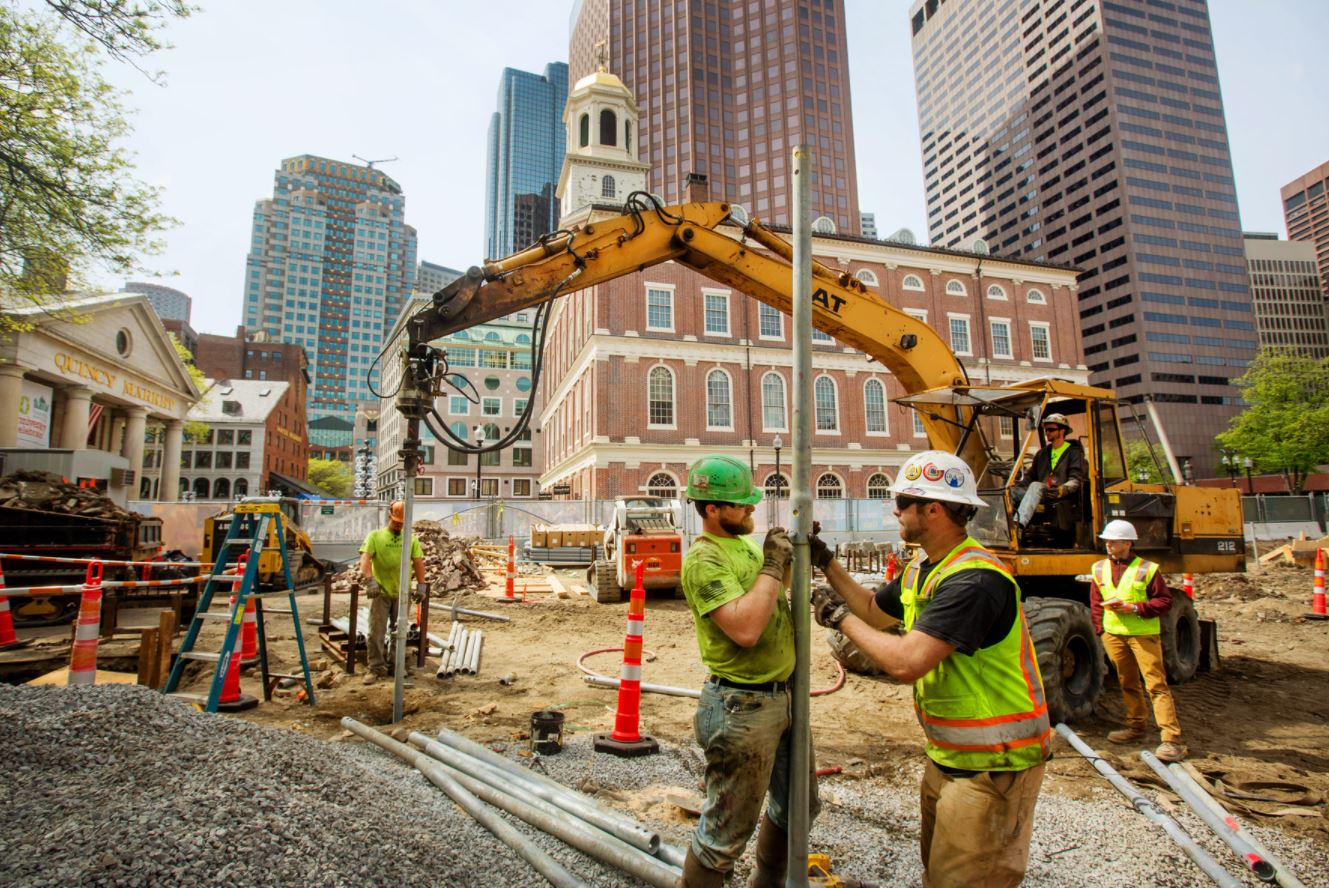If you’ve ever undergone a commercial construction project, you know that it is very hard to predict all of the outcomes. There are numerous variables, with many team members both inside your organization, and external, all of whom need to be “rowing in the same direction” with the end goal in mind. From planning to groundbreaking to vertical construction to sellout or lease up, it truly takes a village to have a successful project that looks good, is appreciated by the community, and of course, makes money for everyone involved.
At FinanceBoston our niche is land development financing and construction financing, and it is helpful to highlight some common mistakes I see when underwriting these transactions for my clients:
- Not factoring in interest/carry
When developing a project, nearly every developer uses financing. Many underestimate how much interest will accrue, and also do not factor in taxes and insurance over the life of the project. These can be up to 10% of the total project, and so miscalculating can have a drastic effect on returns.
- Not factoring in enough contingency for overages
“What can go wrong will go wrong” applies to most aspects of life, and developing real estate is one of them. Prepare for overages; if they do not occur then the project will be even better, but it is much easier to build in some slack, rather than having to go back to the well later in the project.
- Being too aggressive timing assumptions
As we all learned in the last 18 months, even the best laid plans need to have some flexibility. However long you think it is going to take, there is no harm in adding 20-25% to the timeline in case there are unforeseen delays (government imposed shutdowns, supply chain disruptions, delays in issuing draws, tight employment conditions can all lead to delays outside of your control)
- Miscalculating Square footage
Sometimes the publicly available land record data is wrong, and you don’t end up with as much land or useable area. When costing a deal, the difference between gross vs. liveable square footage will certainly have a large effect on both the cost and revenue side of the equation. Builders often say “it will cost $300 per foot to build”. Are they talking gross? Net? Does that include amenity space? What about the parking area? Does it include any landscaping or roofscapes?
- Underestimating leverage or over-estimating rates/fees
Many developers assume that they need to have 20-25% of the project cost as their own cash equity. But plenty of lenders will go higher than you think, and there is also the ability to bring in additional investors for your deal. You can consult with FinanceBoston to get a better picture as to how much financing is available for your project.


FinanceBoston Provides Real Estate Capital and Advisory Services to Investors and Developers.
FinanceBoston has the experience, relationships, and expertise to get you the most advantageous financing solution. Contact us today, or Request Financing here.
"*" indicates required fields








